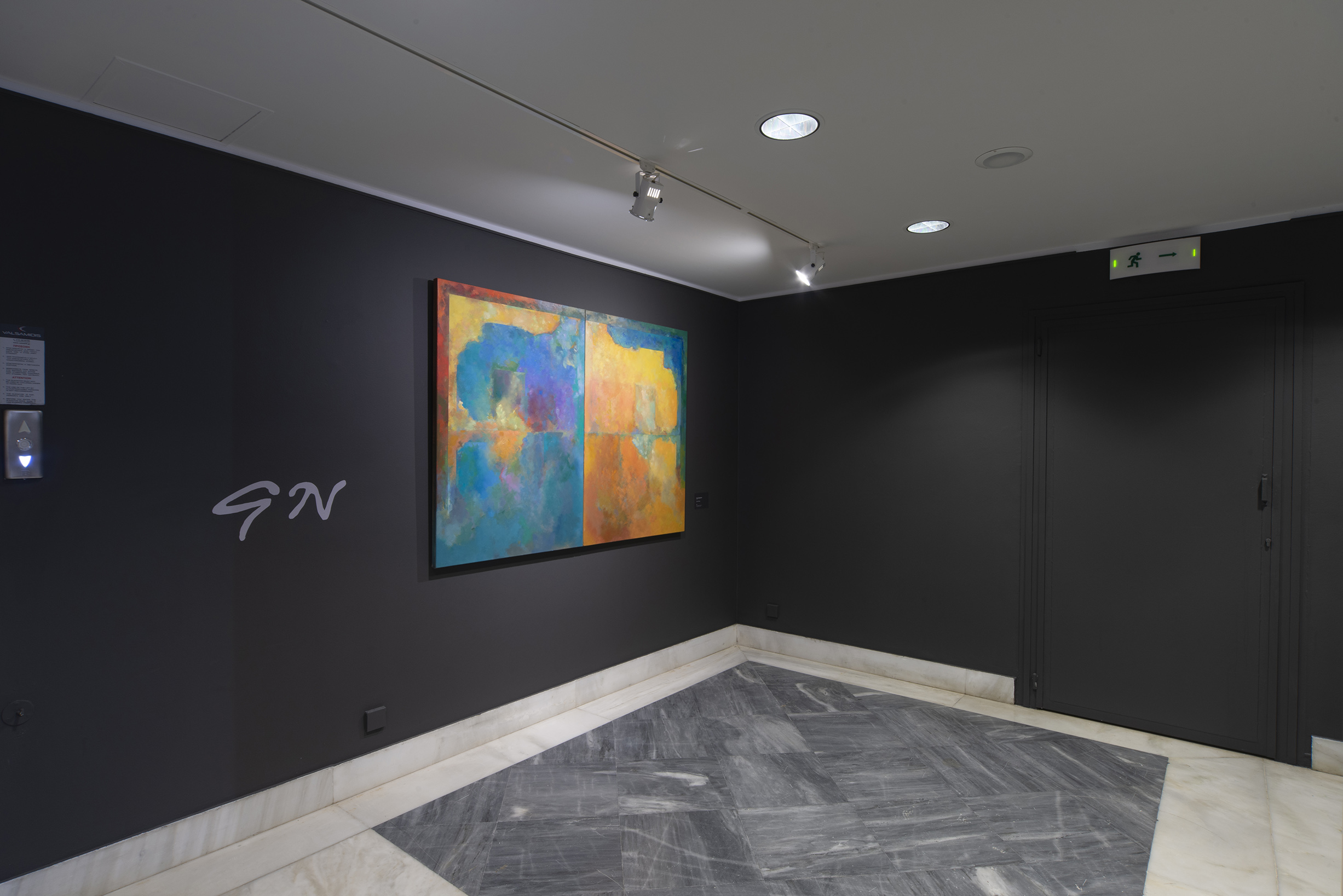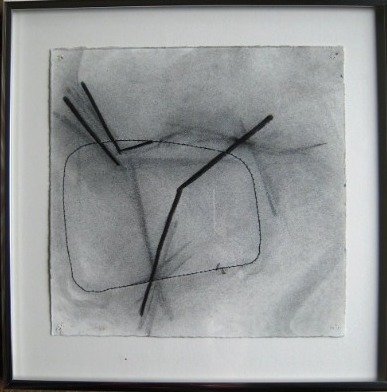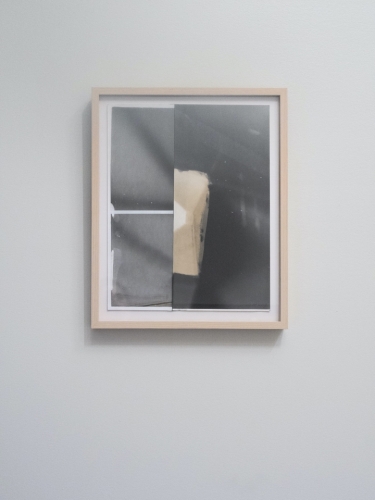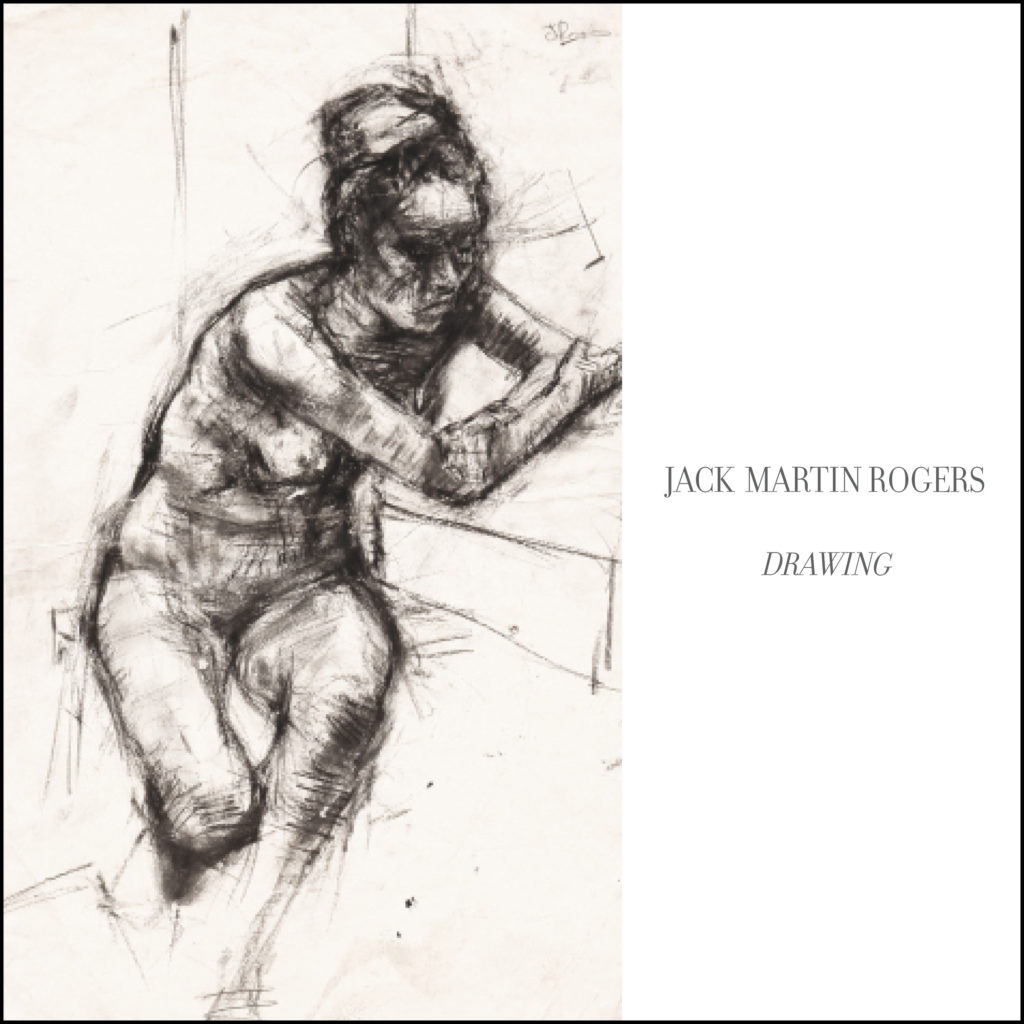
George Negroponte in Approaches to Abstraction by Greek Artists of the Diaspora



James Scott’s Summer Streaming continues with the following schedule:
July 6 – 12: The Great Ice Cream Robbery (1971) 40 mins
July 13 – 19: Coilin and Platonida (1976) 80 mins
July 20 – 26: Nightcleaners (1975) 90 mins
July 27 – August 2: ’36 to ’77 (1978) 85 mins
August 3 – 9: Fragments (2019) 43 mins
To view any of the films in the summer’s rotating schedule, go to https://vimeo.com/404435215/27ac239848.
In The Great Ice Cream Robbery (1971), which was proposed to the Arts Council as a two-screen film, the idea was to mirror the language and philosophy of Oldenburg towards temporality and ephemerality in the nature of the work: happenings, soft materials, impermanence. With two 16mm projectors and separate sound systems, its form of presentation would insure the potential of change every time the film was shown. Sadly, it meant that over the years, the film was rarely screened except by risk-averse and totally dedicated curators. Now for the first time in the digital age, it is actually possible to see this as a two-screen presentation as close as possible to how it was originally intended to be seen. We suggest using headphones or a stereo sound system for viewing.
As we were editing The Great Ice Cream Robbery, I also started to work with my friend Marc Karlin on a political documentary about janitors (mostly immigrant women of colour and Irish women) who worked through the night, cleaning office buildings. Little did we realize that we had embarked on a five-year project. We were joined by Humphry Trevelyan and Mary Kelly and called ourselves the Berwick Street Film Collective. Nightcleaners came out in 1975 at the Edinburgh Film Festival.
After the intensity of Nightcleaners, I wanted to move to a completely different kind of film and in 1975 began Coilin and Platonida for German television. This was to be a silent narrative film set in a remote part of Ireland at the turn of the century and based on a Russian short story by Leskov. I had come across the story in Walter Benjamin’s essay on storytelling. This essay very much influenced my filmic approach using 8mm refilmed to 16mm. I found local non-professionals to play the parts as well as using my two young children.
Upon completing Coilin and Platonida, Marc drew me back once more into the Nightcleaners story. It had been a struggle without an end. The victory strike at the Ministry of Defense had come too late to be included in ‘Part 1’ and so the new film, ‘36 to ‘77 (1978) was to take this victory, and through the eyes of Myrtle, one of the janitors, look back on the campaign and reflect on how it had changed her life.
We end up with my last film Fragments, which in some ways connects to the first art film with David Hockney, Love’s Presentation. Fragments is a film about the painter Derek Boshier preparing for a new exhibition. Both Love’s Presentation and Fragments are films about process, but separated by over 50 years. Derek and David first met at the Royal College of Art and remain friends to this day. Both started as ‘pop’ artists and then followed very different trajectories.
Fragments was completed at the end of last year and premiered in January 2020 at the Rotterdam International Film Festival.
– James Scott
We are pleased to announce that the Lyman Allyn Art Museum in New London, CT has added a drawing (right) by Jan Cunningham to their permanent collection.
ABOUT LYMAN ALLYN ART MUSEUM:
The Lyman Allyn Art Museum is located in New London, Connecticut and was founded in 1926 by Lyman Allyn’s daughter Harriet Upson Allyn. The collection includes European and non-Western art as well as American fine and decorative art, 17th-century European works on paper, 19th-century American paintings, and contemporary art. The museum also conducts educational programs.

Lyman Allyn’s permanent collection consists of approximately 10,000 objects. Much of this collection was developed by the Museum’s first Director Winslow Ames, who acquired works dating from the 16th through the 19th centuries. It includes works by Jean-Auguste-Dominique Ingres, as well as works by Frederic Leighton, François Boucher, Nicholas Poussin, Gustave Courbet, Charles LeBrun, and Tiepolo. Featured artists include Rembrandt Peale, Benjamin West, Gilbert Stuart, John Trumbull, Thomas Cole, Frederick Edwin Church, and Albert Bierstadt.[
ABOUT THE WORK:
Jan Cunningham
Untitled (abstraction)
2000
Charcoal and thread on paper
7.5″ x 7.5″
BY STEPHEN MAINE

AUTHOR’S NOTE: Continuing my inquiry into the ways that artists look at the work they live with, I’ve been asking the following questions: In the context of rampant disease, do you look at your personal collection differently now, and which works in particular? Is there one that especially resonates with you at this weird, frightening moment? And does it take on new meaning?
Lauren Henkin (Rockland, Maine): I first saw Gordon Moore’s work in an exhibition at Betty Cuningham Gallery in 2014. The show included paintings and photo emulsion drawings. Both were compelling, but the drawings struck a chord. There is a lushness to the grounds — beautifully printed photographs toned in warm yellows and grays — which, combined with marks of ink and gouache, suggest a velvet canvas scorched by electricity. It was as if the artist had formed a wire sculpture and then tracked its slow progress of shadow-making across a concrete surface, his hand creating furcated markings of time passing.
Quarantine has forced on me a strange relationship to time. One moment is filled with reflection and pause; the next, a casual glint of thought tossed into the wind. Mon-day, Tues-day, Wednes-day are no more. All that remain are day and night.
One of Gordon’s drawings hangs on the wall beside my desk. I see it whenever l look up from my computer. Throughout the day, I can see how light engages the work. In the morning, the sun buoys the light areas of the drawing. At night, the dark tones recede deeper into space.
The drawing has replaced my clock. It’s a beautiful and needed reminder that time can be measured not by seconds, hours, or days but by marks, tone, and depth.
To view the full article, visit anitarogersgallery.com or Hyperallergic.
Anita Rogers Gallery is proud to present a selection of works on paper by British artist Jack Martin Rogers (1943-2001). Anita Rogers, the owner of the gallery, is the daughter of the artist and now owns seventy-five percent of his estate. This will be the artist’s second major solo exhibition in the U.S. and the first to highlight the artist’s creative process and the centrality of drawing in his practice. The show will debut online in April 2020 and continue in the gallery when we are able to reopen.

The collection features a selection of preparatory drawings, never before seen by the public, that reveal Rogers’ immense dedication to observation and detail. The artist studied anatomy and fine art at the Birmingham School of Art in the UK, often dissecting and sketching bodies of the deceased to learn how to better illustrate the human form. While in school, his meticulous methods took root and they remained at the heart of his work for the rest of his life.
In conjunction with the show, the gallery has released a digital catalog highlighting over thirty works by the artist, the majority of which have never before been seen by the public. Download the digital catalog here.
 On April 8, 2020, the Board of Trustees of the John Simon Guggenheim Memorial Foundation approved the awarding of Guggenheim Fellowships to a diverse group of 175 scholars, artists, and writers. Appointed on the basis of prior achievement and exceptional promise, the successful candidates were chosen from a group of almost 3,000 applicants in the Foundation’s ninety-sixth competition.
On April 8, 2020, the Board of Trustees of the John Simon Guggenheim Memorial Foundation approved the awarding of Guggenheim Fellowships to a diverse group of 175 scholars, artists, and writers. Appointed on the basis of prior achievement and exceptional promise, the successful candidates were chosen from a group of almost 3,000 applicants in the Foundation’s ninety-sixth competition.
Born in Iowa and raised in Kansas, Gordon Moore began painting pictures at the age of 6 and has never stopped. Being a product of the Great Plains the dominant thematic in his work has long been informed by that experience and that environment and can be defined to this day quite simply as: Space. The creation of which, in an abstract Painting and Drawing idiom, is the fuel which drives his imagination. After finishing the Academic requirements of a formal education in Art, first at the University of Washington in Seattle and then at Yale in New Haven, he moved to the TRUE University of Art and Life In 1972: New York City, where he has lived ever since. In the ensuing years Moore’ work has developed an interest in a refined clarity of edge vaguely redolent of Architectonic space as well as fragments of shapes found from the street experience, most notably – the Bowery, close to which he has lived for nearly half a Century. His work has been most often shown in one-person showings since 2000 and he has received a number of awards and fellowships.
Art galleries provide necessary spaces for creative discovery and connection—experiences we all may be seeking in our current existences. Luckily, many galleries across the country can still be visited virtually, and at your work-from-home leisure through Artnet Galleries.
If you’re in need of an art break, here are 13 of our favorite exhibitions, from New York to California, that you can gallery hop through your laptop.
2. “Mark Webber: We Shall Be City Upon a Hill” at Anita Rogers Gallery, New York
Free
Time: All day, every day
Take a virtual tour of Mark Webber’s exhibition here.
View select pieces from Mark Webber’s solo exhibition.
As of Friday, March 13, the gallery will be temporarily closed due to the evolving COVID-19 situation. The safety of our community, clients, staff and artists is our top priority. During this time, the gallery staff can be reached via email and phone Tuesday-Saturday 10am-6pm.
Info@AnitaRogersGallery.com
347.604.2346
We will update our community via email when we reopen. Visit this page to join our mailing list. We will also share updates on our website and our social media.
We look forward to seeing everyone in the near future!

Anita Rogers Gallery has partnered with Artland.com to bring you a 3D tour of Mark Webber’s 2020 solo show, ‘We Shall be a City Upon a Hill.’
Click below to walk through the gallery and view Webber’s Portals, City of Sculptures and wall of Fragments.
Read the press release on anitarogersgallery.com
View the opening reception photos here.